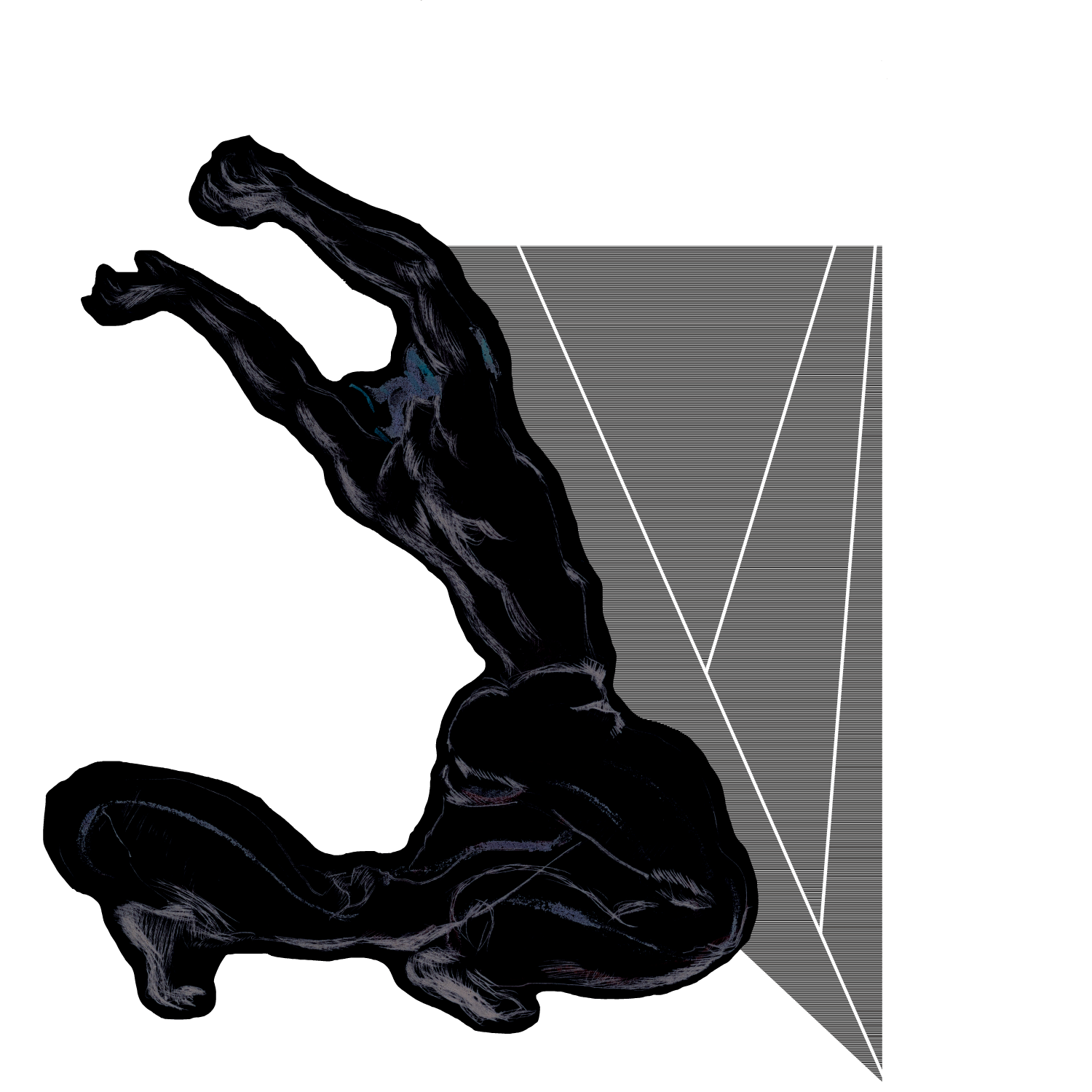A potent combination of irony and pretension is a good way for a band to alienate most of their possible listeners. Both can turn someone off, but combined, the whole thing just seems intolerable. Lucky for Nate Amos and Rachel Brown, who form the project Water From Your Eyes, their music is good enough (great, actually) to override aversion to the ironic and the pretentious. Their newest album, Structure, is both, yes, but it’s also a fascinating combination of neo-psychedelia and industrial electronics.
As a duo, Amos and Brown have been making music since 2016, and are also in the band Thanks for Coming together. But while Water From Your Eyes started as a post-punk and indietronica band, they’ve grown into something much less definable. Their last album, Somebody Else’s Song, was already beginning to push these limits; “Break”, the standout track, is a shuffling nine-minute tinny alt-dance song. And then last year they released 33:44, an EP of spoken word death industrial. All of this new, stranger creative energy has been channeled into Structure, which is full of that noise and heaviness.
Amos and Brown are songwriters and arrangers most interested putting competing elements right next to each other. This happens in the track listing, as the record opens with “When You’re Around”, a glam-rock feint full of sharp major key piano chords and sweet nothings to a lover: “pick me up, I’m light as a feather / oh my feet don’t touch the ground, when you’re around” Brown sings in the chorus. “When You’re Around” resembles nothing else on the record, and instead arrives with a wink, the band all too aware they’re playing with your expectations.
But this expectation subversion also happens on the micro-level within songs, like in “My Love”, whose noisy hook is based around plucked MIDI strings that sound straight out of Garageband. And yet the humor here doesn’t feel like the listener is being laughed at. Instead, Amos and Brown find something beautiful in the banality.
It’s this idea that centers the record. The album is called Structure but seems to operate without one. The two interludes are spoken word surrealist poetry that both Gertrude Stein and ASMR YouTubers could get behind. The re-contextualization of sounds, words, and genres is the album’s whole ethos, as it combines early 2000s freak folk melodies with 90s industrial dance instrumentals. Take “Track Five” (which notably arrives in the sixth place in the track listing; a bit eye-roll inducing), which begins with some Laurie Spiegel synths, then hits a drum break straight out of New Order, only to then introduce a nasty bassline that Skinny Puppy could get behind. Add Brown’s chillingly instructional vocals and it’s a party. These three parts of the instrumental initially make little sense together, but of course that’s the point. The secret sauce is the way they cohere into something danceable and just a little bit scary. Actually, that’s the main statement of Structure. Don’t try to look for more evidence in the lyrics, though. Those too are artifice, full of sweet adages about love and dreams coming true. It’s another clash on the part of the band, finding art in fissures.
The record ends with ““Quotations””, a song that sounds so much like Animal Collective that it would be embarrassing if it wasn’t so excellent. Those twinkly keys and tightly strummed guitar echo Sung Tongs, and Amos has mastered the drawn out syllables of Panda Bear (a skill he puts to good use on “You’re The Embers” as well, a song that sounds like a cybergrind remix of “Bros”). ““Quotations”” is the perfect counterpoint to the heavy and strange tracks that have preceded it, a blissed out trip of “legs grown across a field of grass, sifting through the golden sounds, myths of memories in the ground.” It’s pretension, sure, but it’s beautiful pretension.

